Quick Bits: Ayacucho is a city of spirit and survival. Nestled in the Peruvian Andes, it blends history, resilience, and artistry. The city reflects a deep Quechua heritage and...
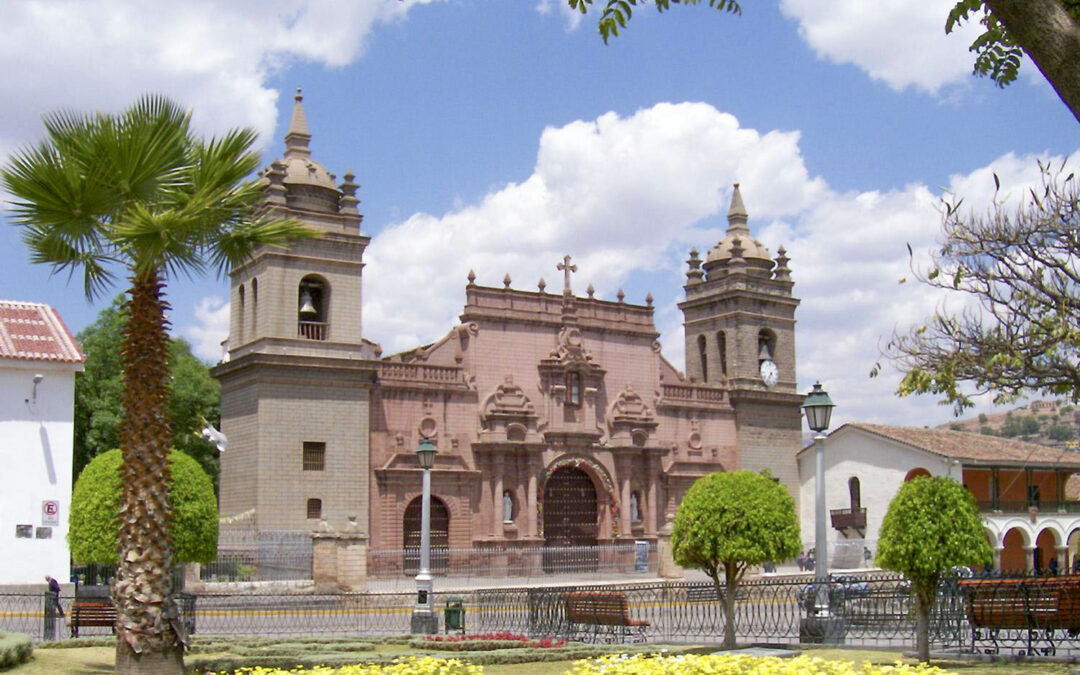

Quick Bits: Ayacucho is a city of spirit and survival. Nestled in the Peruvian Andes, it blends history, resilience, and artistry. The city reflects a deep Quechua heritage and...

Quick Bits: Oakland stands on the east side of San Francisco Bay. It’s the beating heart of California’s East Bay region. This city carries layers of culture, history, and...
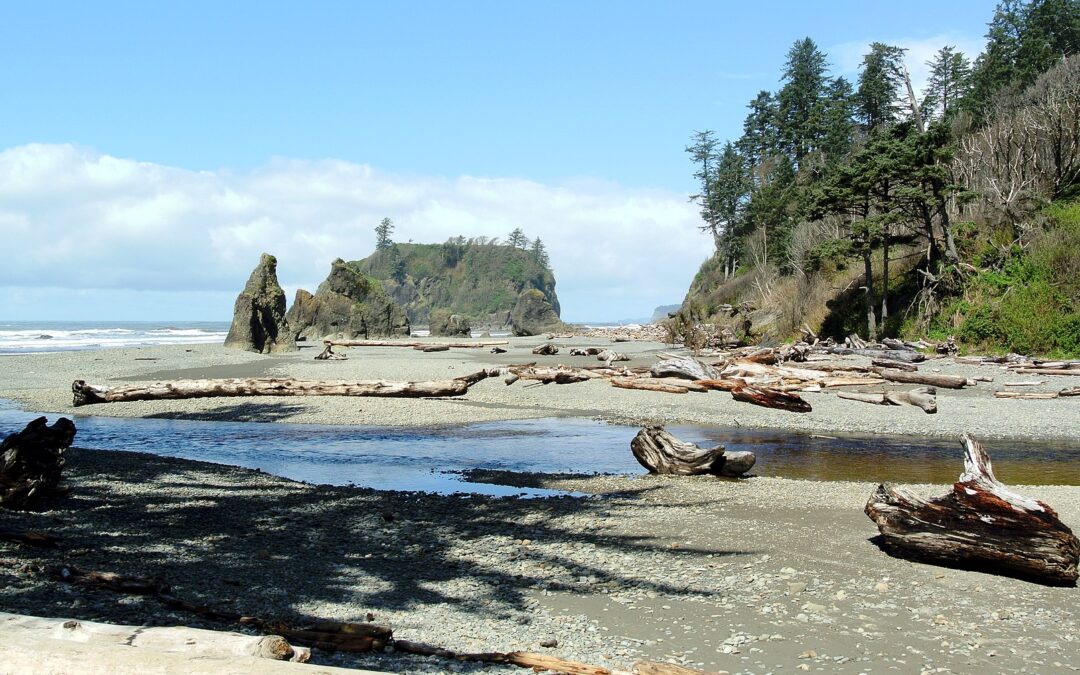
Quick Bits: Olympic National Park, located in northwestern Washington, spans over 1,400 square miles and showcases some of the most diverse ecosystems in the United States....

Quick Bits: Austin, the capital of Texas, stands out for its bold blend of nature, creativity, and enterprise. Known as the “Live Music Capital of the World,” this city pulses...

Quick Bits: Arequipa is a captivating city in southern Peru. Framed by towering volcanoes and rich with history, it carries the nickname “La Ciudad Blanca” or the White City....

Quick Bits: Portland, Oregon is a city that doesn’t try to impress with flash. It wins hearts through soul. Set between the Columbia and Willamette Rivers, this lush city is...

Quick Bits: Haleakala National Park is an awe-inspiring conservation gem located on the Hawaiian island of Maui. Named after the massive shield volcano Haleakala, meaning "House...

Quick Bits: Columbus stands tall as the capital of Ohio and the most populous city in the state. Beyond its status as a government hub, it brims with energy from its youthful...
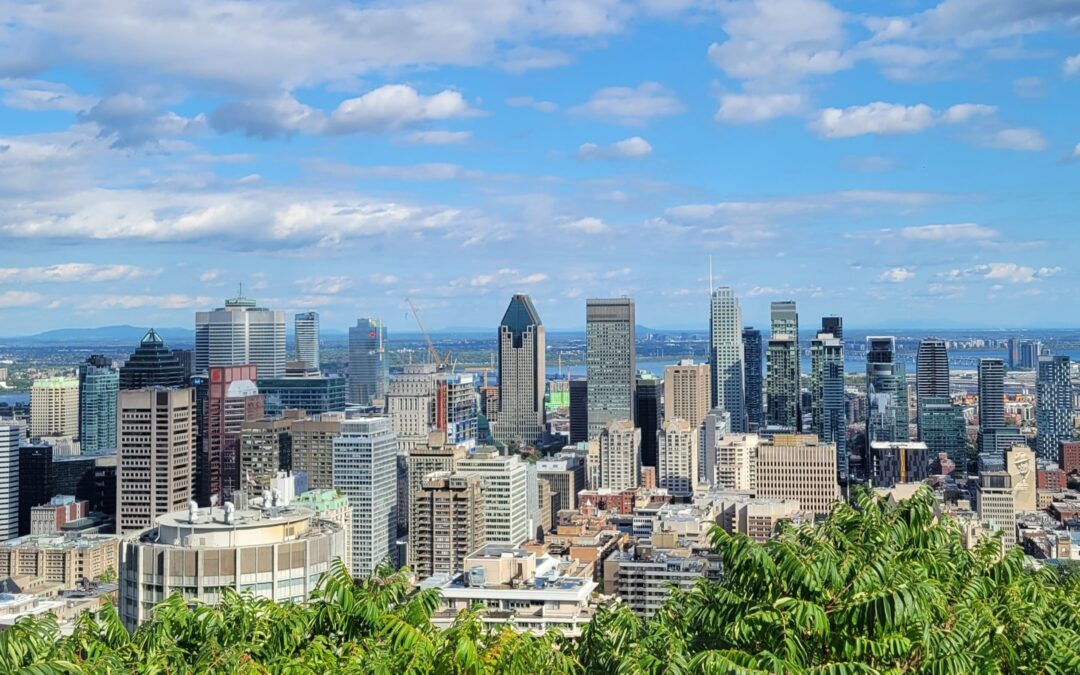
Quick Bits: Montréal is a city that dances to the rhythm of creativity and culture. As the largest city in Québec and the second-largest in Canada, it offers a magnetic pull for...

Quick Bits: Mexicali stands as the capital city of Baja California, Mexico. It borders Calexico in California, forming part of the larger California-Mexico binational region....
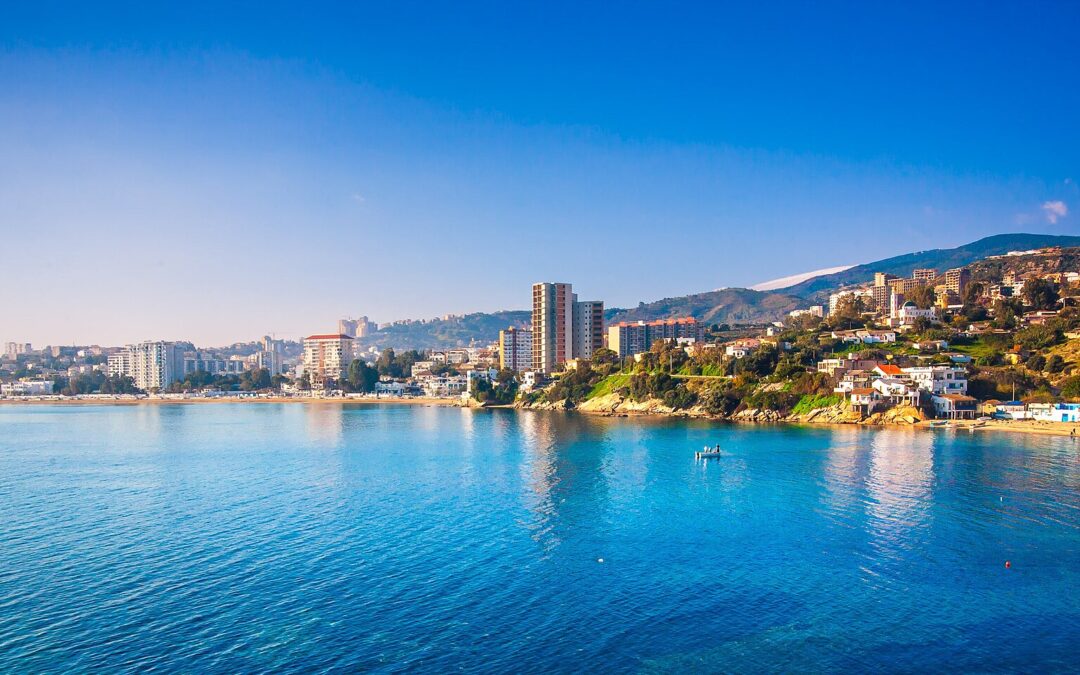
Quick Bits: Annaba shines along the northeastern coast of Algeria. It blends Mediterranean charm with ancient Roman roots and Islamic influence. Once known as Hippo Regius, this...

Quick Bits: Abakan sits quietly in the southern cradle of Siberia. As the capital city of the Republic of Khakassia, it stands on the Yenisei River, surrounded by rolling hills...
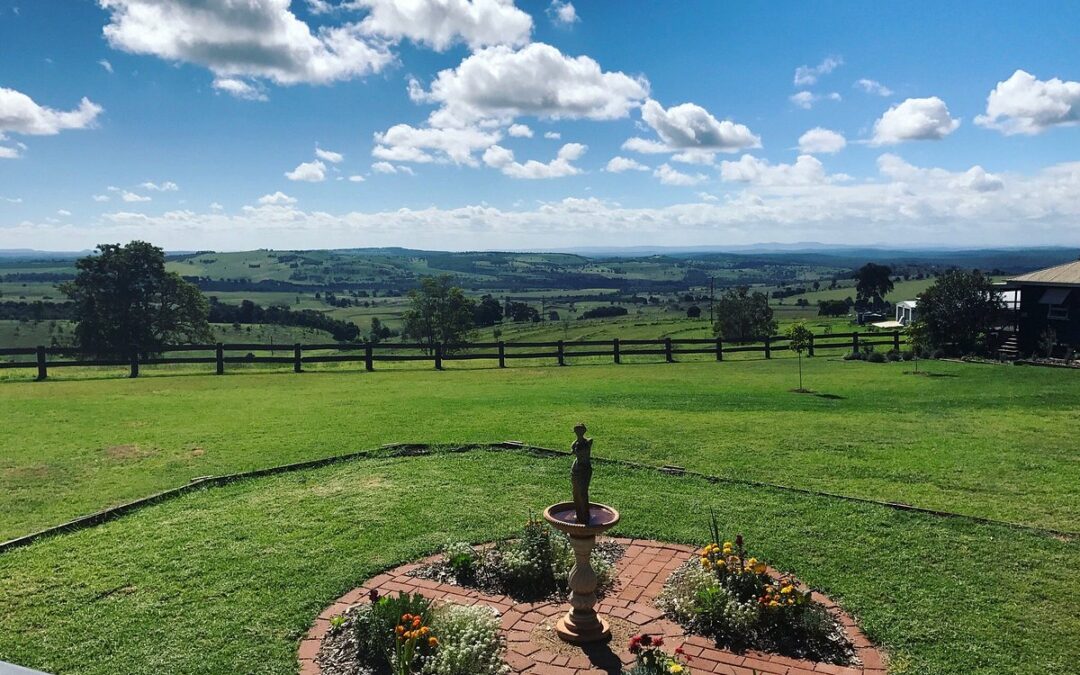
Quick Bits: Kingaroy is a rural gem located in the South Burnett Region of Queensland. Known for its sprawling peanut fields and blue silos, the town balances country charm with...
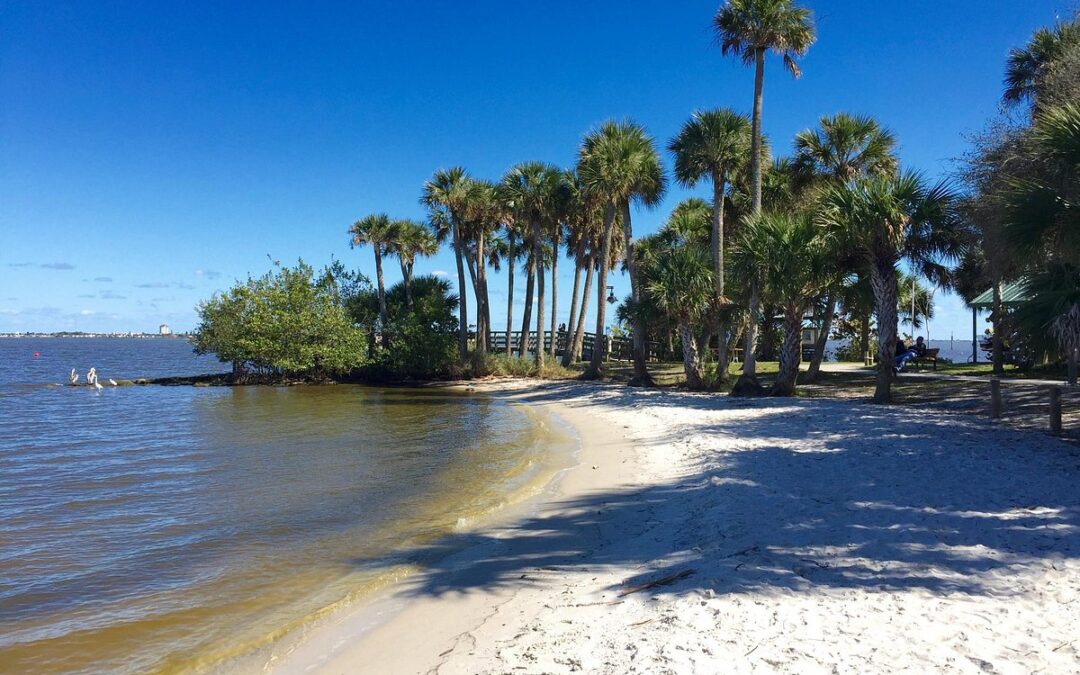
Quick Bits: Palm Bay lies along Florida's eastern coastline in Brevard County. With its tranquil setting, rich ecological diversity, and welcoming neighborhoods, it’s a...
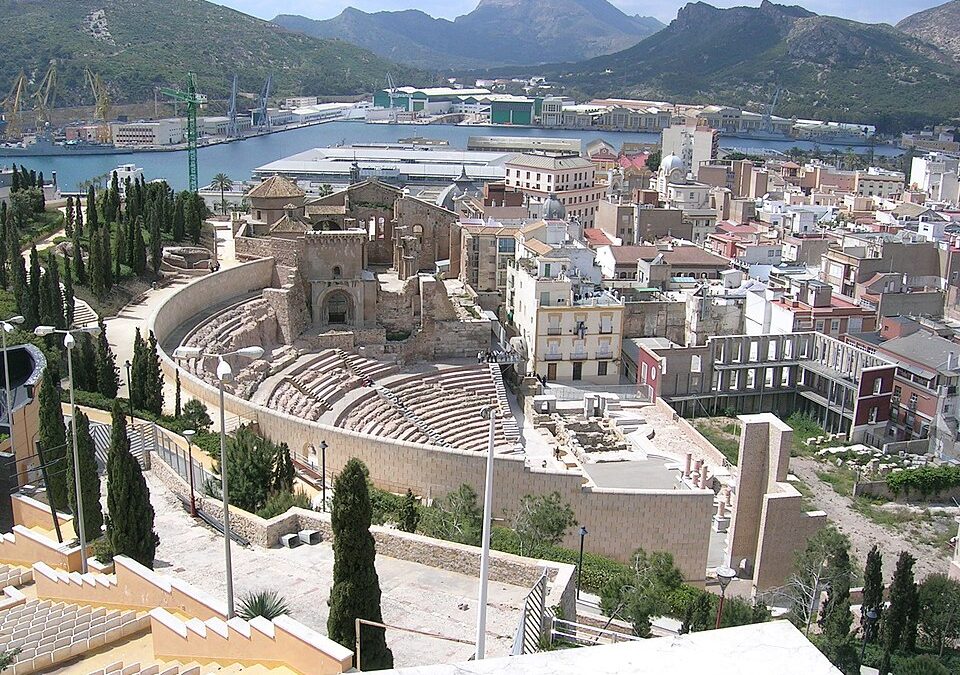
Quick Bits: Cartagena stands as a living museum. This city on the Mediterranean traces its history through layers of civilizations. With every step along its cobbled streets, the...

Quick Bits: Manhattan beats like the vibrant heart of New York City. It’s a name that conjures images of towering skyscrapers, yellow taxis, and the never-sleeping buzz of the...
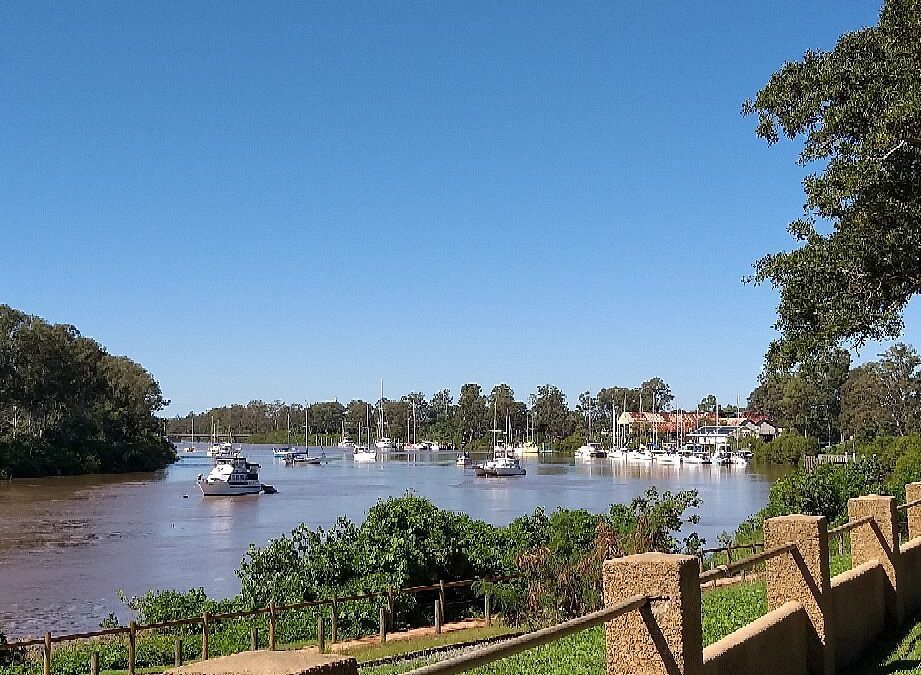
Quick Bits: Maryborough stands as one of Australia's most beautiful regional towns. Nestled on the Fraser Coast in Queensland, this historic location is packed with tales from a...
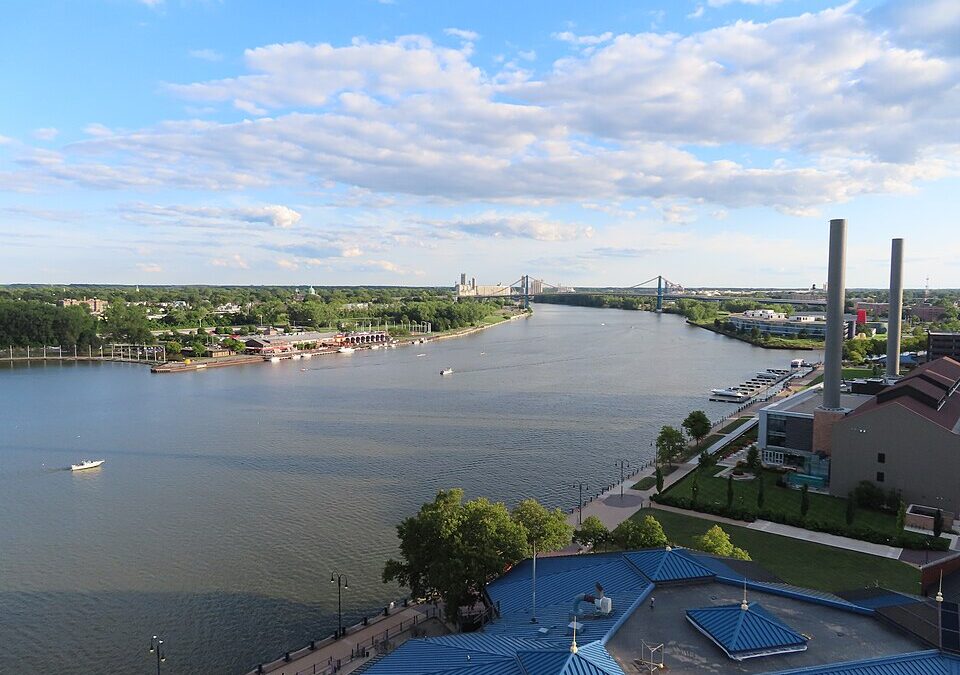
Quick Bits: Toledo sits proudly in northwest Ohio near Lake Erie. It shines as a spirited city with a strong industrial past and a vibrant present. Known as the "Glass City," it...
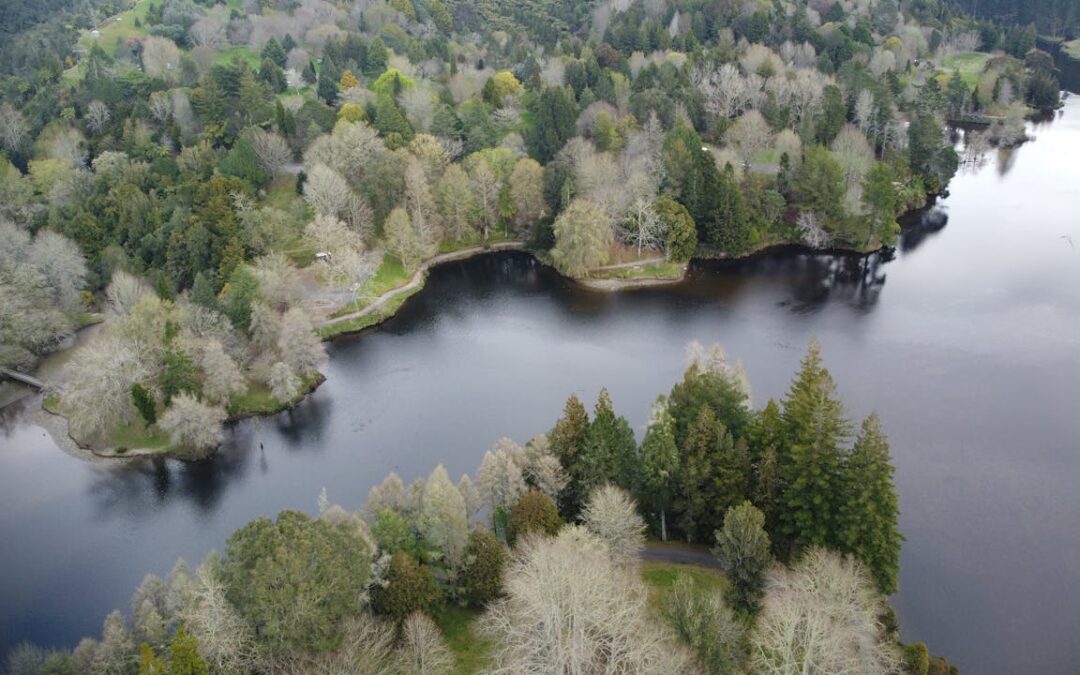
Quick Bits: Tauranga is a thriving city in New Zealand's Bay of Plenty region. It combines stunning coastal landscapes with a dynamic urban vibe. Known for its laid-back...
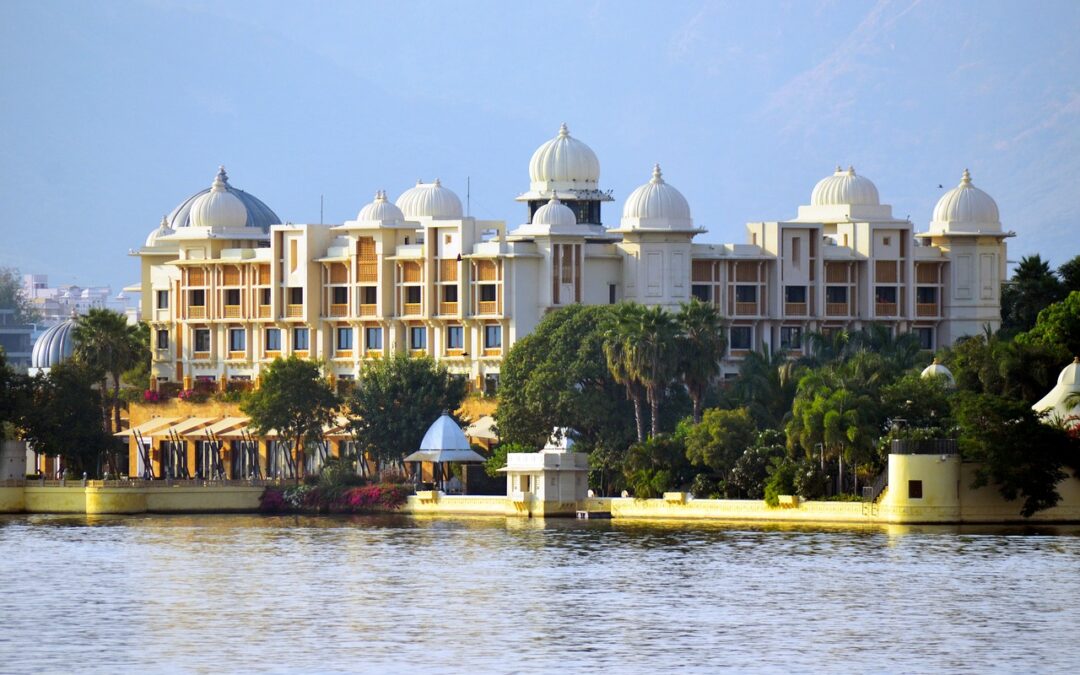
Quick Bits: Udaipur, the regal gem of Rajasthan, wears its royal past with grace. Dubbed the City of Lakes, it balances calm waters, age-old traditions, and impressive stone...